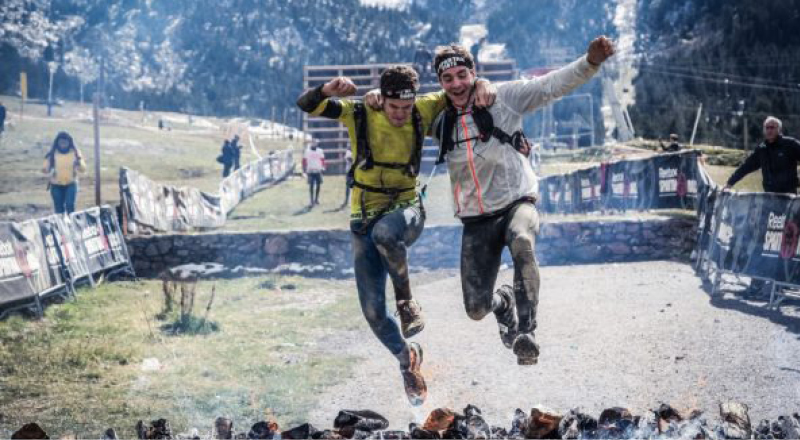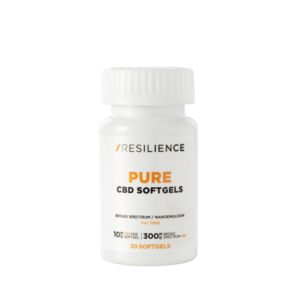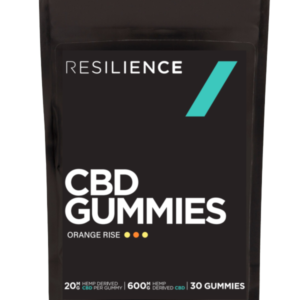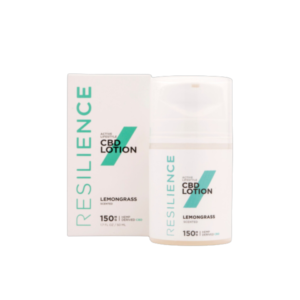
The Infamous Mile 20.
You’re training for a marathon. You’ve heard about the dreaded wall that many marathon runners hit around mile 20, and want to avoid it at all costs. Fear not, we’ll break down the causes and tactics for overcoming the mile-20-scaries for the best race of your life.
What does it really mean to “hit the wall”?
There are several variables that play into this slowdown. One obvious factor is simply exhaustion. Because the 26.2 mile mark is typically never reached during training, you’re pushing your body past your usual limits and slowing down right around the longest distance you’ve conquered in your training.
Another major factor is lack of Glycogen. Glycogen is the primary storage of carbohydrates and glucose in the body. This is what your body uses as energy, which determines your level of endurance. Your body burns around 100 calories of glycogen per mile, with a maximum storage of about 2,000 calories, so it makes sense that the wall typically occurs around the 20th mile.
How to Hurdle Right Over that Wall.
So now you know what causes the wall, here are a few tips to help you breeze right through that 20th mile.
1. Run a 20-miler
Running to mile 20 will push your body past its limits and teach you what to expect when you run this long of a distance. This will prep you without taking too much of a toll on your body so you’re ready to crush those last 6.2 miles on race day.
2. Strategize your playlist
Are you planning on listening to music? If so, try shifting all your favorite and most motivational music towards the end of the playlist, timed out for about when you’ll be hitting mile 20. This will keep your spirits high and add a little extra umph in your step!
3. Eat the right carbs before your race
There are misconceptions around carb-loading before races. While 80% of the calories consumed should be carbohydrates, it’s important to find a balance and eat the right carbs. Carbs with a low-glycemic index score will take longer for your body to digest, thus providing you with a steady, lasting supply of energy. Some carbs with a medium-low GI score include potatoes, oatmeal, and yogurt.
4. Use CBD in training
This one is a fantastic way to prepare for your race long-term. By using our CBD Sports Cream and taking our CBD Oil for the months or weeks leading up to the race, you’re keeping inflammation in your problem areas lower, allowing you to build them up to become stronger for race day.
5. It’s all about the mindset
If you’re a habitual long distance runner, you know that overcoming mental barriers is half the battle. By simply empowering yourself with information on tactics for overcoming mile 20, you’re prepping yourself to breeze right through it.
Happy training! Tag us in your race photos for a chance to be featured on our social channels.






